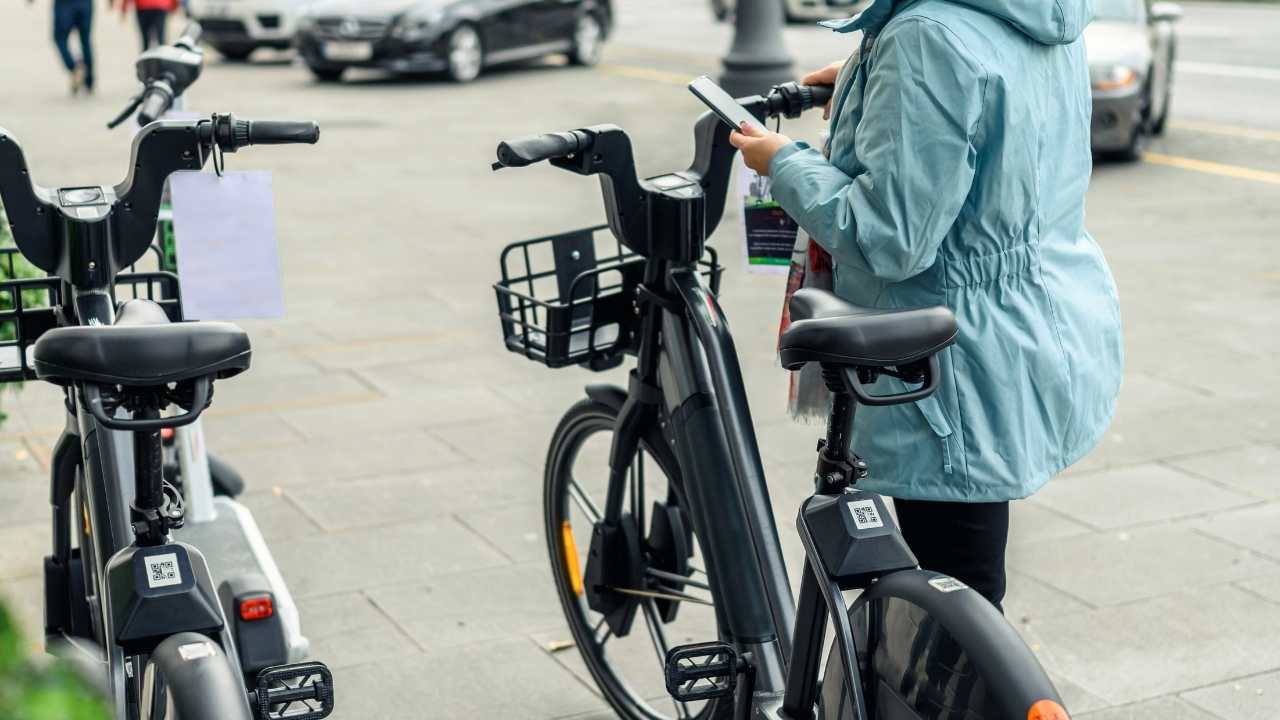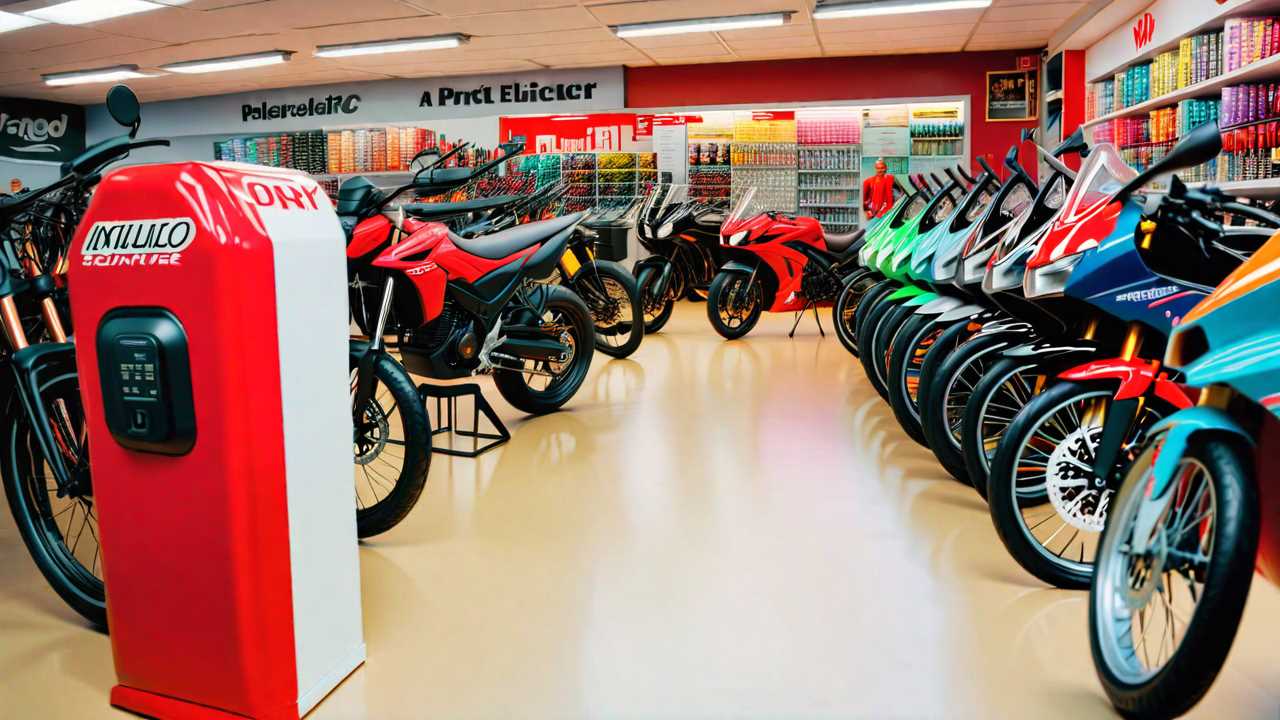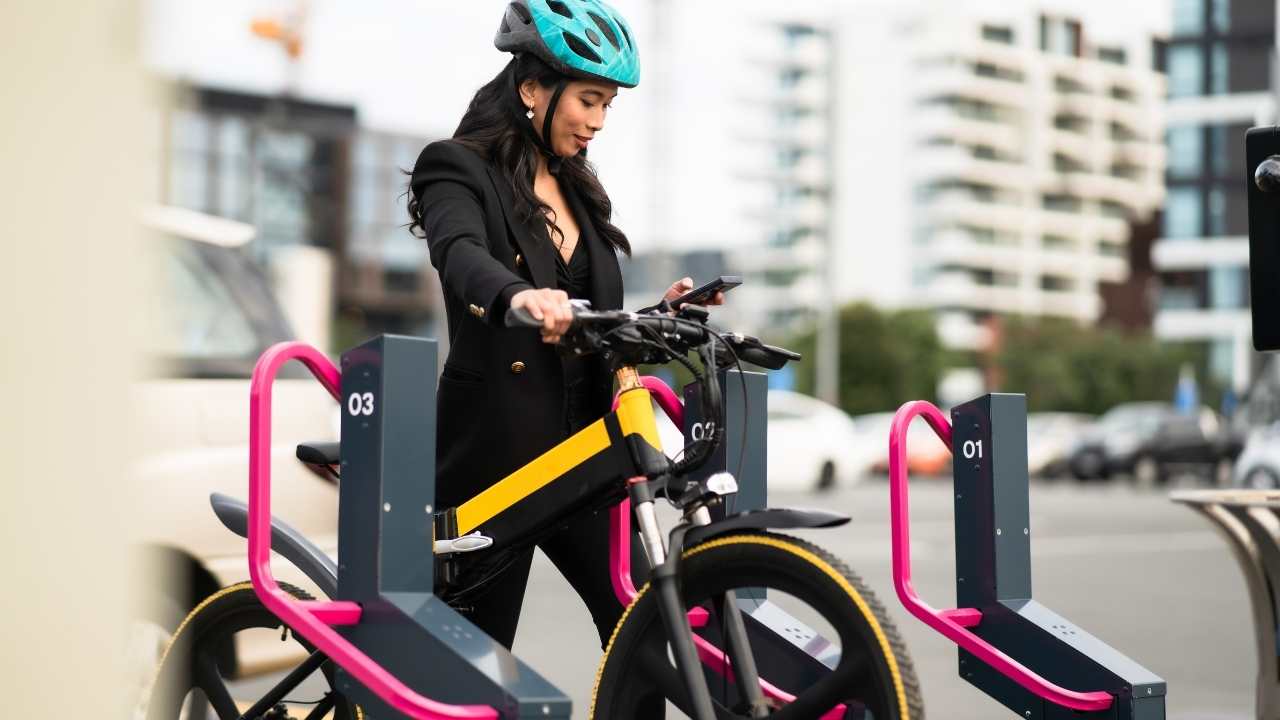
How Much Should I Pay for an Ebike?

When considering how much to pay for an ebike, factors like the type, features, and brand reputation determine the price. Basic models are affordable, while high-end options with advanced features can be more expensive. Battery technology, motor power, and brand influence cost. Lithium-ion batteries offer longevity but come at a higher price. Higher motor power means increased speed and cost. Reputable brands prioritize quality and safety. Additional costs like safety gear and maintenance should also be taken into account. Evaluating these aspects guarantees finding the right balance between price and quality for a satisfying riding experience.
Types of Ebikes and Price Range
When considering types of ebikes and their corresponding price ranges, one must grasp the various categories available in the market. From affordable basic models to high-end performance ebikes, the price of an ebike can vary significantly based on its features and capabilities.
Safety-conscious buyers should prioritize ebikes with quality brakes, reliable tires, and sturdy frames to guarantee a secure riding experience. While budget-friendly options may lack some advanced features, they can still provide a safe means of transportation.
It is crucial to balance cost and quality when selecting an ebike, making sure that the chosen model meets safety standards without compromising on performance. By understanding the different types of ebikes available and their price ranges, consumers can make informed decisions that prioritize their safety on the road.
Key Features Impacting Cost
When considering the cost of an ebike, key features play a significant role in determining the final price tag. Factors like battery technology and brand reputation can greatly impact how much you'll pay for an electric bike.
Understanding how these components influence cost can help you make an informed decision when investing in an ebike.

Battery Technology Costs
Battery technology costs in the domain of electric bikes are influenced significantly by key features that impact the overall price. The type of battery used, its capacity, and the efficiency of the battery system are vital factors affecting the cost of an ebike.
Lithium-ion batteries, known for their high energy density and long lifespan, are commonly used in electric bikes but come at a higher price point compared to other battery types. Additionally, batteries with larger capacities can provide longer ranges but add to the overall cost of the ebike.
Opting for a more efficient battery system may increase the initial investment but can lead to cost savings in the long run by extending the lifespan of the battery. It's essential to take into account these factors when evaluating the battery technology costs of an ebike.
Brand Reputation Influence
Influencing the cost of an ebike are key features tied to brand reputation, which play a significant role in determining the overall price point. When considering an ebike's brand reputation, safety-conscious consumers should keep in mind the following:
- Durability: A reputable brand often signifies a sturdy and long-lasting product, ensuring your safety during rides.
- Customer Support: Established brands typically offer reliable customer service, providing assistance and guidance when needed for a secure riding experience.
- Quality Control: Brands known for their reputation often have stringent quality control measures, minimizing the risk of safety-related issues.
- Resale Value: Investing in a well-known brand may maintain higher resale value, reflecting the trust and safety associated with the product.
Battery Technology and Pricing
When considering the cost of an ebike, it's essential to understand how battery technology directly impacts pricing. Different battery types, such as lithium-ion or lead-acid, can significantly influence the overall cost of the ebike.
Factors like battery capacity, voltage, and brand reputation also play a vital role in determining the pricing structure.
Battery Types Impact Pricing
The pricing of electric bikes is significantly influenced by the varying types of batteries they utilize, demonstrating the impact of battery technology on the overall cost. When considering battery types, safety-conscious buyers should keep in mind the following:

- Lithium-ion batteries are common due to their high energy density but require careful handling to prevent overheating.
- Nickel-cadmium batteries are reliable and durable but contain toxic materials that need proper disposal.
- Lead-acid batteries offer affordability but are heavy and require regular maintenance.
- Lithium polymer batteries provide a lighter alternative, but puncturing them can lead to a safety hazard.
Understanding these battery types can help buyers make informed decisions while prioritizing safety.
Factors Influencing Battery Costs
Battery costs for electric bikes are significantly influenced by advancements in battery technology and corresponding pricing structures. The type of battery used in an e-bike plays a vital role in determining its overall cost. Lithium-ion batteries, known for their high energy density and long lifespan, are the most common choice for e-bikes. The pricing of these batteries can vary depending on factors such as capacity, brand, and quality.
As technology continues to evolve, newer battery innovations are being introduced, driving costs both up and down. Consumers should consider the trade-off between upfront battery costs and long-term savings to make an informed decision when purchasing an e-bike. Understanding these factors can help enthusiasts navigate the complex landscape of e-bike battery pricing.
Motor Power and Price Point
Analyzing the correlation between motor power and price point is crucial when contemplating purchasing an ebike. The motor power of an ebike significantly impacts its price. Here are some key points to ponder to guarantee both performance and safety:
- Higher motor power can provide increased speed, but it may also result in a higher price tag.
- Choosing a motor with sufficient power for your needs can elevate your riding experience while maintaining a reasonable price point.
- Confirm the motor power is in line with local regulations to guarantee safe and legal operation.
- Prioritize quality and reliability over just the raw power of the motor to ensure a safe and enjoyable riding experience.
Brand and Reputation Influence
When considering purchasing an ebike, the influence of brand and reputation plays a significant role in the decision-making process. Opting for a well-known and reputable brand not only guarantees quality and reliability but also improves safety features. Established brands often invest in research and development to continuously enhance their products, offering advanced safety mechanisms and reliable customer support.
Prioritizing brands with a positive reputation can provide peace of mind, knowing that the ebike has undergone rigorous testing and adheres to high manufacturing standards. While lesser-known brands may offer attractive pricing, it's important to weigh the risks associated with potential lower quality and safety standards.
Ultimately, choosing a reputable brand can contribute significantly to a safer and more satisfying ebike riding experience.

Additional Costs to Consider
Considering the total cost of ownership is essential when evaluating the purchase of an ebike. In addition to the initial price, there are several other costs to take into account that can impact your overall budget and safety. These include:
- Safety Gear: Investing in quality helmets, gloves, and reflective gear is vital for safe riding.
- Maintenance: Regular maintenance such as brake checks, tire replacements, and battery upkeep is necessary to guarantee the ebike's longevity.
- Insurance: Some regions require insurance for ebikes, so factor this into your budget.
- Security: Purchasing a sturdy lock and possibly GPS tracking can help prevent theft and safeguard your investment.
Frequently Asked Questions
What Is the Resale Value of an Ebike?
The resale value of an ebike can vary based on factors such as brand, model, condition, and market demand. To maximize resale value, maintain your ebike well, keep records, and market it effectively.
Are There Any Hidden Maintenance Costs?
It is vital to take into account potential hidden maintenance costs when owning an ebike. Factors such as battery replacement, tire wear, and regular servicing can contribute to ongoing expenses. Proper maintenance is essential for peak performance and safety.
How Does Weather Affect Ebike Performance?
Weather significantly impacts ebike performance. Extreme cold can reduce battery capacity by up to 30%, while heavy rain can affect traction. Proper maintenance, like safeguarding electrical components from moisture, can mitigate weather-related issues and guarantee peak performance.
Can I Customize My Ebike Without Voiding Warranty?
Customizing your ebike may void the warranty if modifications are not approved by the manufacturer. To guarantee warranty coverage, consult the user manual or contact customer support for guidance on safe customization options.
What Are the Insurance Options for Ebikes?
When considering insurance options for ebikes, it is important to investigate coverage plans that safeguard your investment against theft, damage, and liability. Seek comprehensive policies that offer peace of mind for your electric bike adventures.